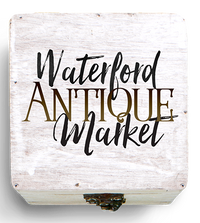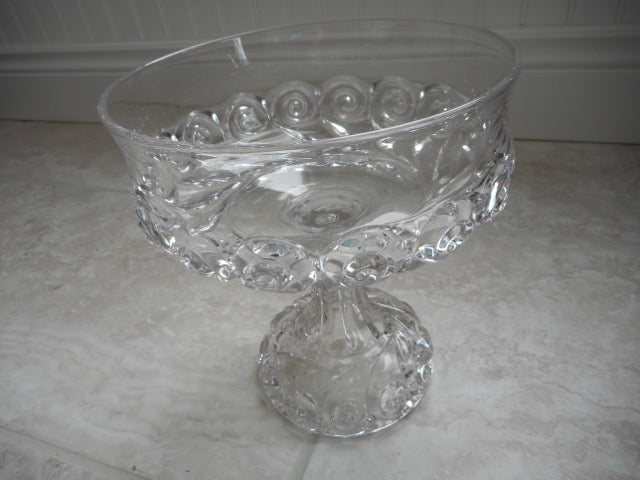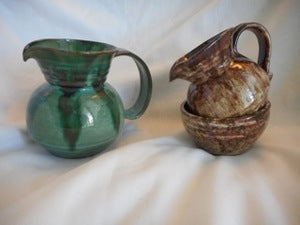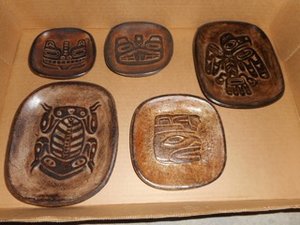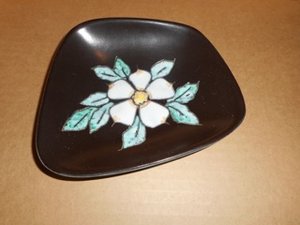This category of glass (also called pressed glass) covers an era of 1850 to 1910.
Pattern glass was manufactured by depositing molten glass into cast iron moulds and then pressing the glass into the mould. Moulds could consist of several parts which accounts for some seams on the glass. As the glass cooled, the mould was removed.
Because the process was suited to mass production and the product was durable with interesting designs, pattern glass took over the housewares market from blown glass.
It is called Early American Pattern Glass but it was made in Canada as well as the United States. There are approximately 3,000 known patterns ranging from floral, fruit, geometric, birds, animals, and scenes. It was made in clear and coloured glass.
As pattern glass was made to be a reasonable priced product for home use, the variety of shapes and uses are great. Water goblets, wine glasses, butter dishes, cake plates (footed and flat), compotes, sauce dishes, fruit nappies are just some of the shapes.
Pictured here is a compote which could be used to hold fruit on a table. This one is “Snail” pattern made by Duncan, George and sons in Pittsburgh. Pa. circa 1891.

Pattern glass was also made in other countries i.e.. England. By WW1, the popularity of pattern glass was waning in favour of cut glass which was coming cheaply in part from Europe.
There are several websites for research of patterns and companies. The Early American Pattern Glass Society in the U.S. has a great site at www.eapgs.org. Both American and Canadian patterns are covered. Another site is www.patternglass.com.
